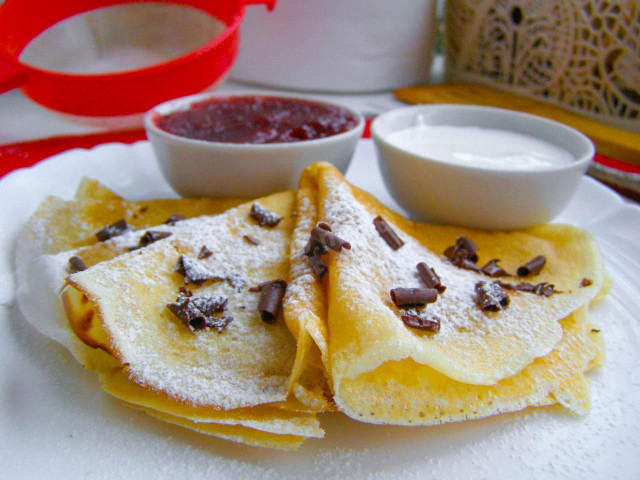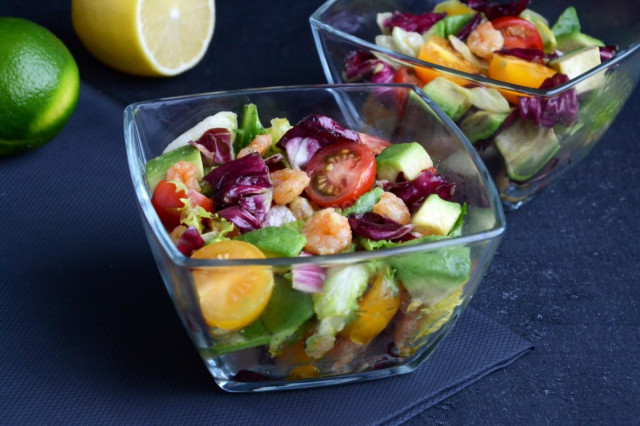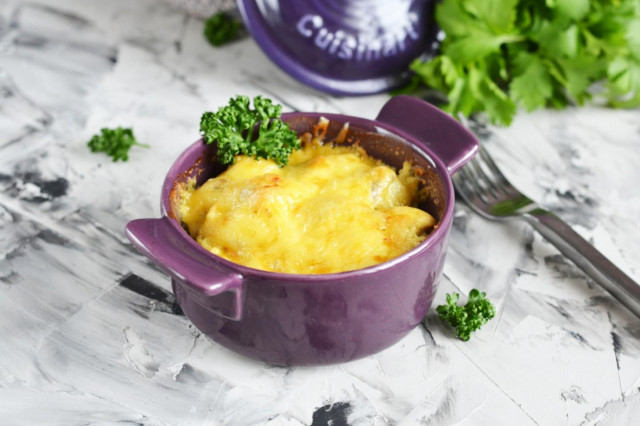Composition / ingredients
Step-by-step cooking
Step 1:
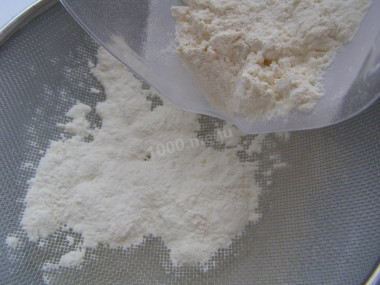
How to make pancakes from powdered milk? Measure out all the products. Take warm water. The rest of the products should also be at room temperature. In a deep and wide bowl, sift the flour through a fine sieve. This will saturate it with oxygen, make it more airy.
Step 2:

Add powdered milk and other dry ingredients to the flour. Mix everything well.
Step 3:
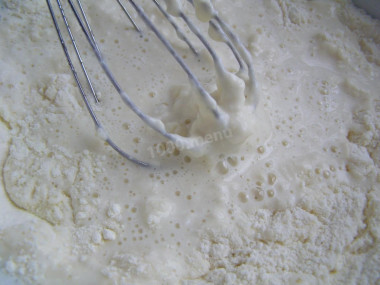
Make a recess in the flour mixture. And pour half the volume of water into it in parts, while kneading the dough.
Step 4:
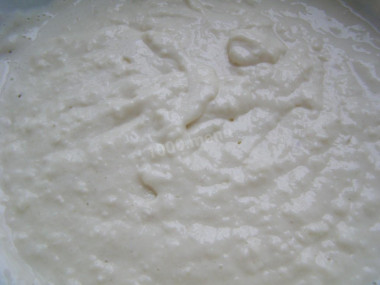
Knead the dough using convenient tools available to you – this is a fork, blender, whisk, mixer.
Step 5:

Beat an egg into the dough. Stir it until smooth. The dough should end up very tender.
Step 6:
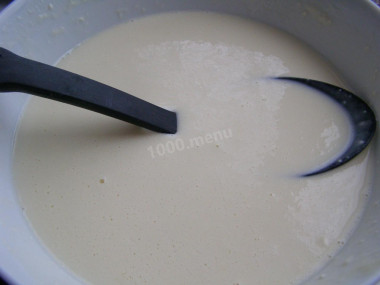
Add the remaining water to the dough gradually and add 0.5 tablespoons of oil. Mix everything. You can let the dough stand for 10 minutes. During this time, turn on the stove and heat the pan. Keep in mind that more or less water may go away - be guided by the type of test.
Step 7:
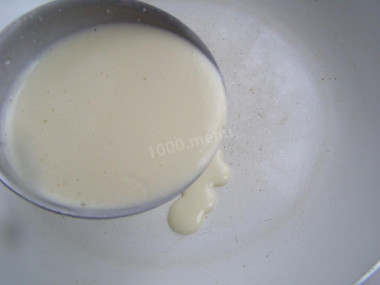
Grease a heated frying pan with a cotton swab, dipping it in oil - and do it every time. Then pour out the dough with a ladle, tilting the pan in the right direction. Fry the pancakes for two minutes on both sides on high heat.
Step 8:
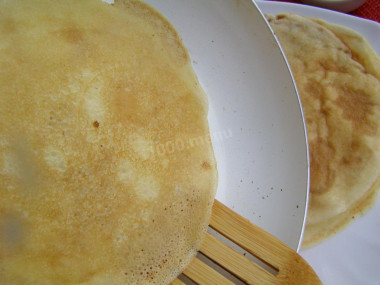
Put each pancake on a wide plate – either by rolling them up or folding them at your discretion.
Be prepared for the fact that flour may need more or less than indicated in the recipe. Focus not on the amount of flour, but on the desired consistency of the dough. To avoid mistakes, read about flour and its properties!
You can check whether the oil has warmed up well enough in a frying pan in a simple way. Lower a wooden spatula into it. If bubbles have gathered around it, then you can start the frying process.
Use oil with a high smoking temperature for frying! Any oils are useful only until a certain temperature is reached - the point of smoking, at which the oil begins to burn and toxic substances, including carcinogens, are formed in it.
Unrefined oils, with rare exceptions, have a low smoking point. There are a lot of unfiltered organic particles in them, which quickly begin to burn.
Refined oils are more resistant to heating, and their smoking point is higher. If you are going to cook food in the oven, on a frying pan or grill, make sure that you use oil with a high smoking point. The most common of the oils with a high smoking point: refined varieties of sunflower, olive and grape.
Caloric content of the products possible in the composition of the dish
- Granulated sugar - 398 kcal/100g
- Sugar - 398 kcal/100g
- Salt - 0 kcal/100g
- Water - 0 kcal/100g
- Wheat flour - 325 kcal/100g
- Olive oil - 913 kcal/100g
- Vanillin - 288 kcal/100g
- Baking powder dough - 79 kcal/100g
- Chicken egg - 80 kcal/100g
- Powdered milk - 465 kcal/100g

